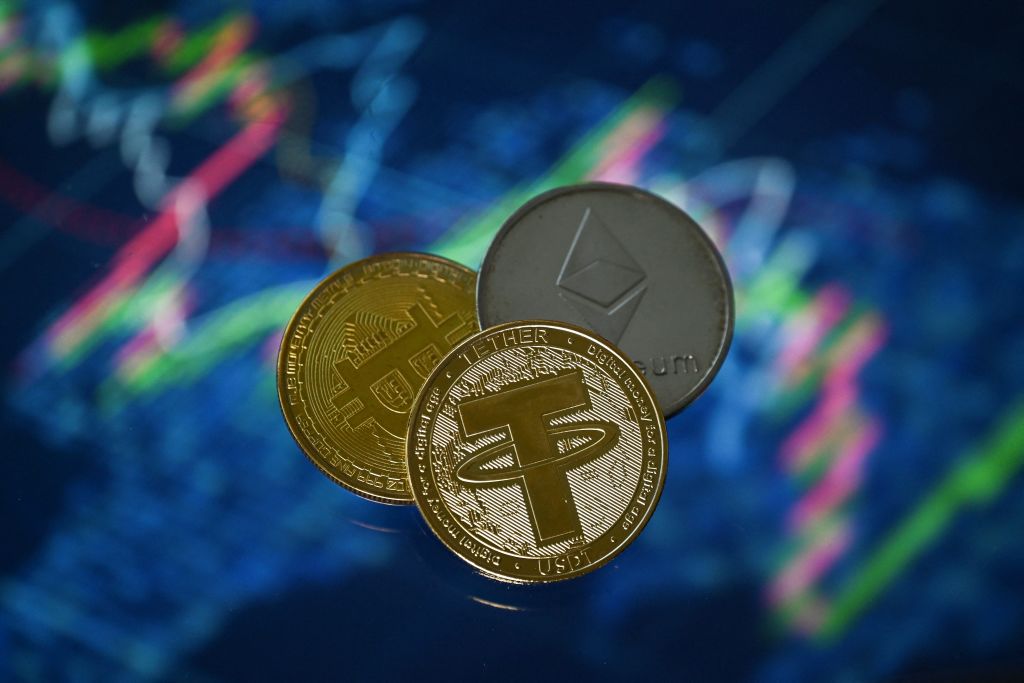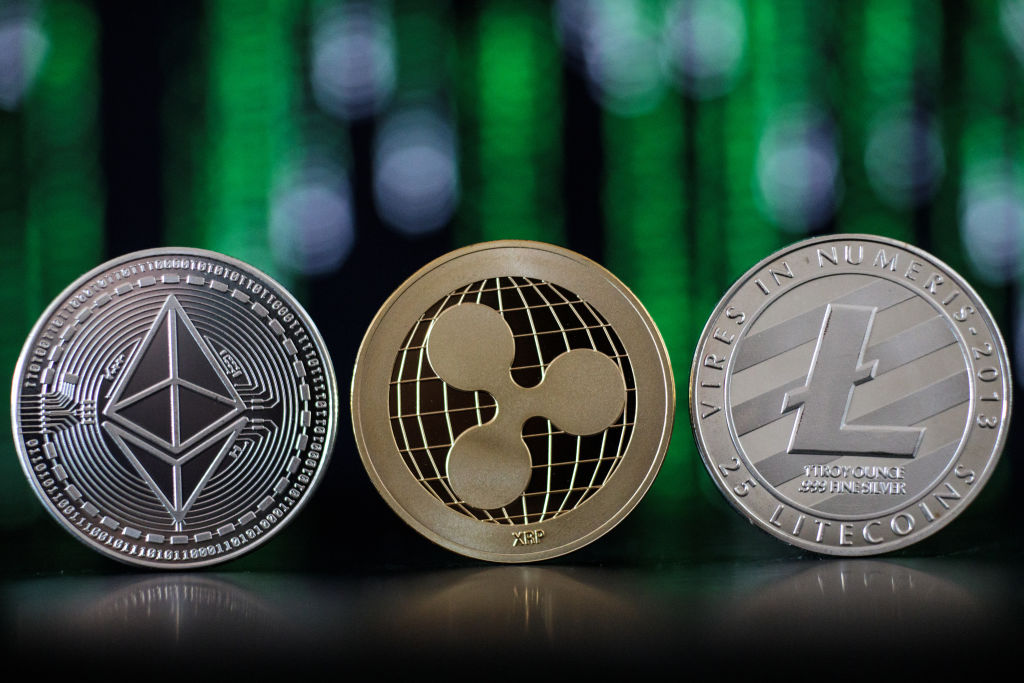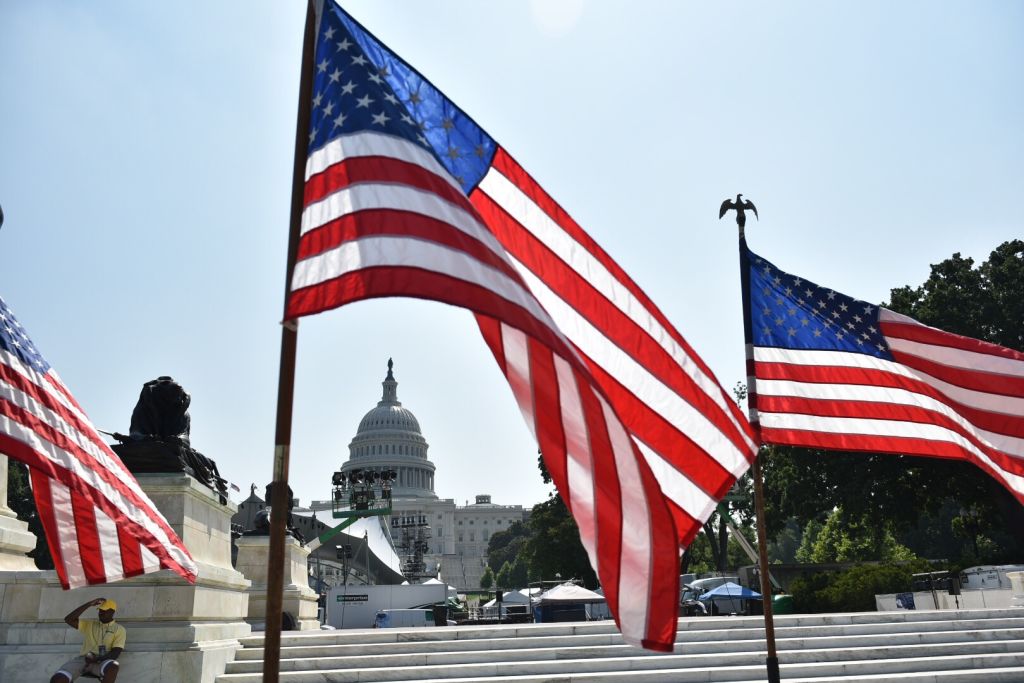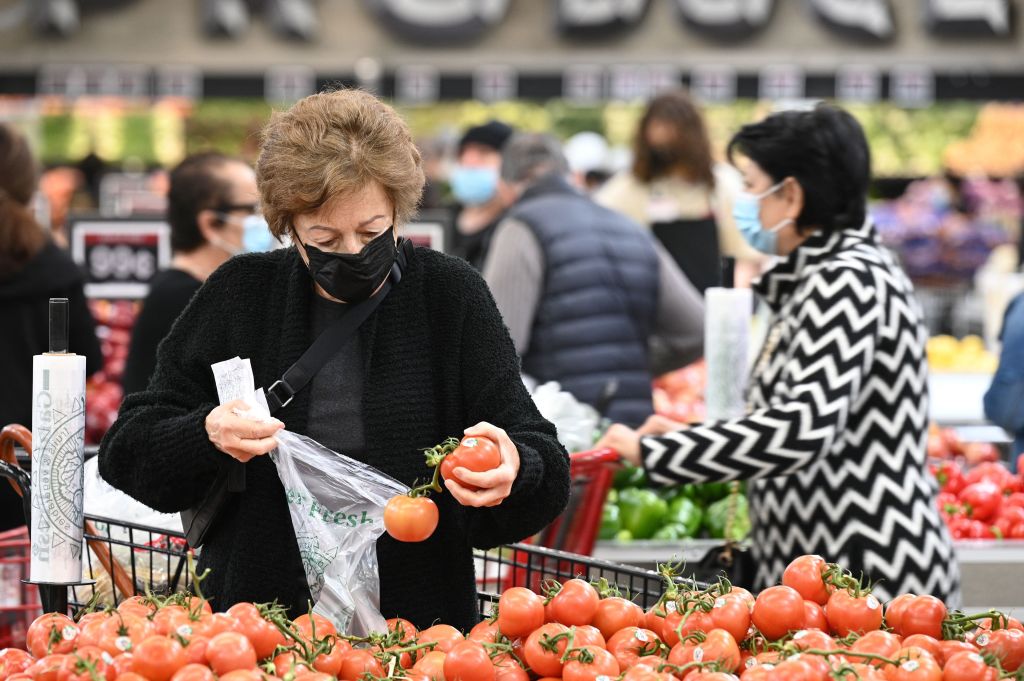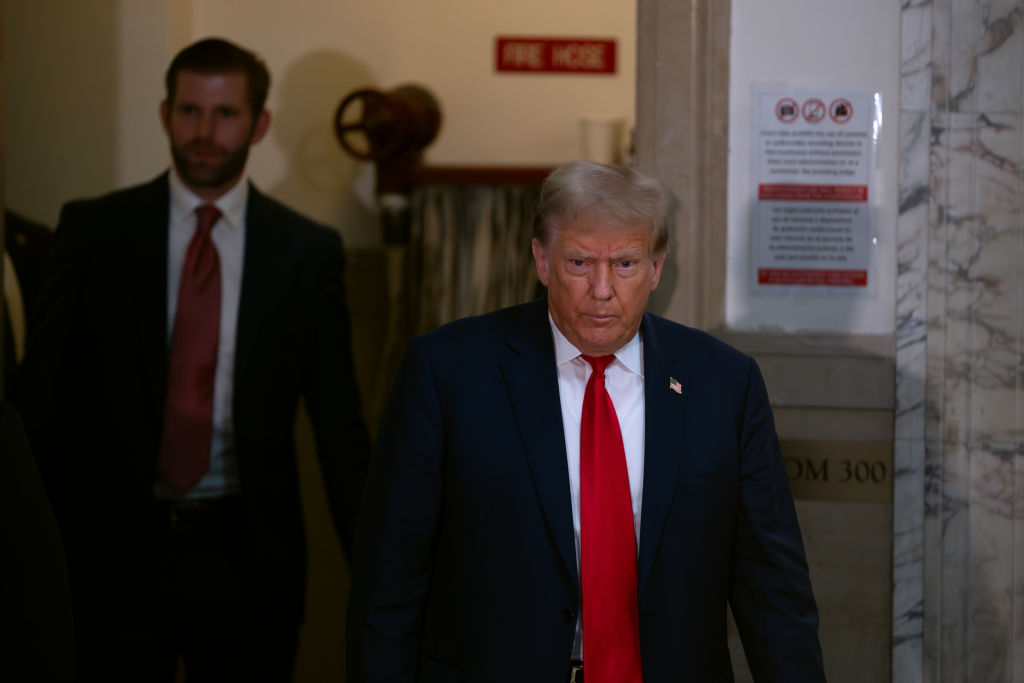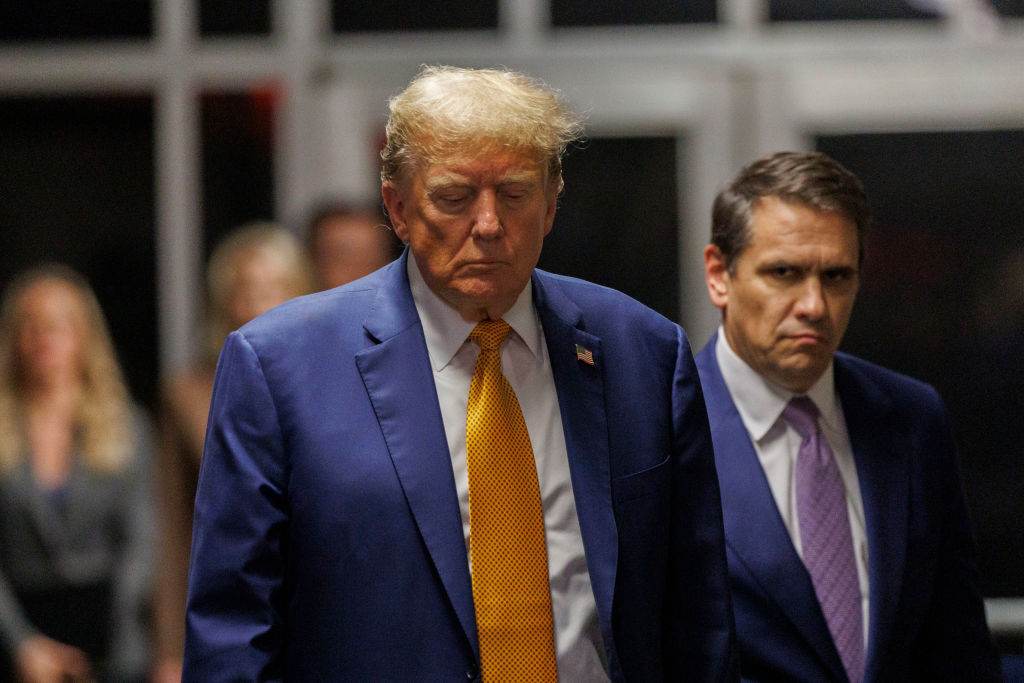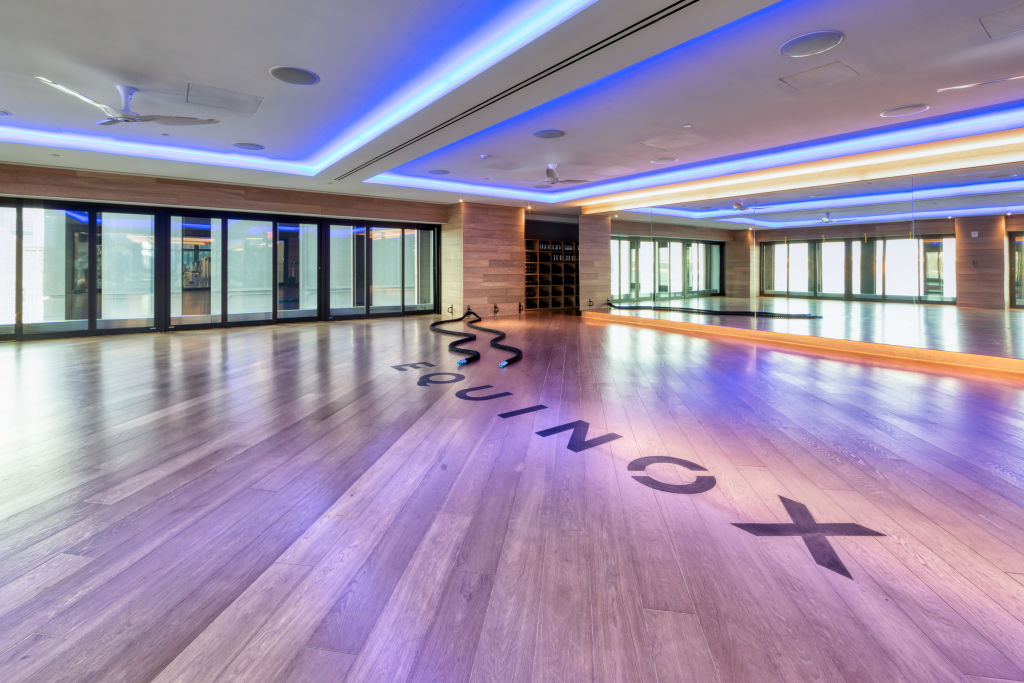Americans Defy Inflation Blues with Booming Holiday Spending
According to the most recent assessment, holiday sales increased this year and spending held steady over the shopping season despite Americans grappling with rising costs in certain places and other financial concerns.
According to Mastercard SpendingPulse, which records all types of payments including cash and debit cards, holiday sales from the beginning of November through Christmas Eve increased 3.1%. This was a slower pace of development than the 7.6% increase from a year earlier.
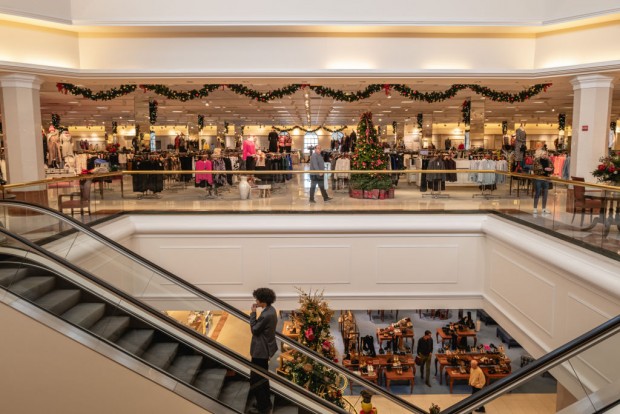
(Photo : by Jon Cherry/Getty Images))
According to the most recent assessment, holiday sales increased this year and spending held steady over the shopping season despite Americans grappling with rising costs in certain places and other financial concerns.
After a spike in spending during the same period last year, this year's sales are more in line with what is normally seen throughout the holiday season.
Read Also: Holiday Season Could Leave Luxury Retailers Drowning in Unsold Inventory
Mixed Signals and Economic Considerations
By historical standards, companies encounter difficulty filling positions since the number of people applying for unemployment benefits has been extremely low.
Nevertheless, Mastercard SpendingPulse's forecast of 3.7% increase in sales growth, last September, was a little less than actual. The figures that were made public on Tuesday do not account for inflation and do not include the automobile sector.
While jewelry sales dropped 2% and electronics sales declined 0.4%, clothing sales increased 2.4%. Spending in-person increased by a moderate 2.2%, while online sales increased by 6.3% from a year ago.
Nearly 70% of all economic activity in the United States is generated by consumer spending, and economists closely observe how Americans spend, especially around the holidays, to determine how they are feeling financially.
Prior to the holiday, there had been growing anxiety on Americans' propensity to spend due to rising costs for basic needs at a period of declining savings and increasing credit card delinquencies. Retailers responded by pushing discounts on holiday products earlier in October than they did the previous year. Additionally, they exercised caution when deciding how much merchandise to buy after last year's experience with overcrowded warehouses.
Friday's most recent data on the Federal Reserve's preferred inflation gauge indicates that prices are declining. However, expenses at eateries, auto dealerships, and for items like rent continue to rise. However, once the Christmas season got underway in October and November, Americans surprisingly increased their spending, demonstrating their purchasing power despite rising expenses.
Next month, the largest retail trade organization in the country, the National Retail Federation, will disclose its combined two-month numbers based on sales data from the Commerce Department for November and December, giving a more comprehensive view of how Americans spent their money.
The trade association predicts a 3%-4% increase in U.S. Christmas sales, which is less than the 5.4% growth from the previous year. Still, it is also more in line with average holiday expenditure, which increased by 3.6% between 2010 and 2019 before the pandemic distorted the figures.
When big retailers report their fourth-quarter financial results in February, industry analysts will analyze the results.
The main worry is if consumers would cut back drastically once they receive their invoices in January. Vice president of retail technology company Aptos, Nikki Baird, observed that consumers may cut back further as a result of the start of student loan repayments on October 1. These customers are already burdened by high interest rates and persistently rising inflation.
Related Article: US Inflation Fuels $100 Million Gold Rush at Costco, Bars Disappear in Hours

